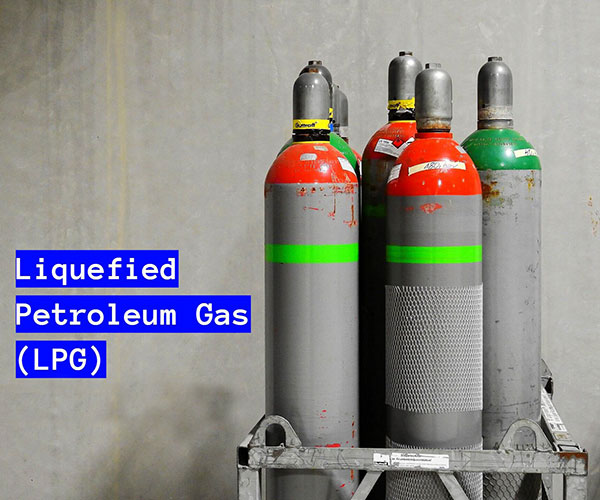Liquefied Petroleum Gases
Liquefied gases are one of the petroleum products used worldwide today, such as city gas for cooking, which is why it is interesting to know what LPG gas is and what compounds it is made of.
If you are also interested in learning about the features, uses, structure, and history of the discovery of liquefied petroleum gases, you have reached the right source.
What is liquefied petroleum gas (LPG)?
Liquefied Petroleum Gas is a colorless and volatile gas obtained by pressuring, cooling, and liquefying refinery or natural gas (including oilfield gas). The main components of liquefied gas obtained from refinery gas are:
- Propane
- Propylene
- Bhutan
- Bouton
The liquid gas composition obtained from natural gas is essentially free of olefins. Liquefied gas is a flammable substance that will explode when exposed to an open flame when the air content reaches a specific concentration range.
This article will review all the essential points about liquefied petroleum gases in simple language, so stay with us until the end.
Click on the link below to read more:

